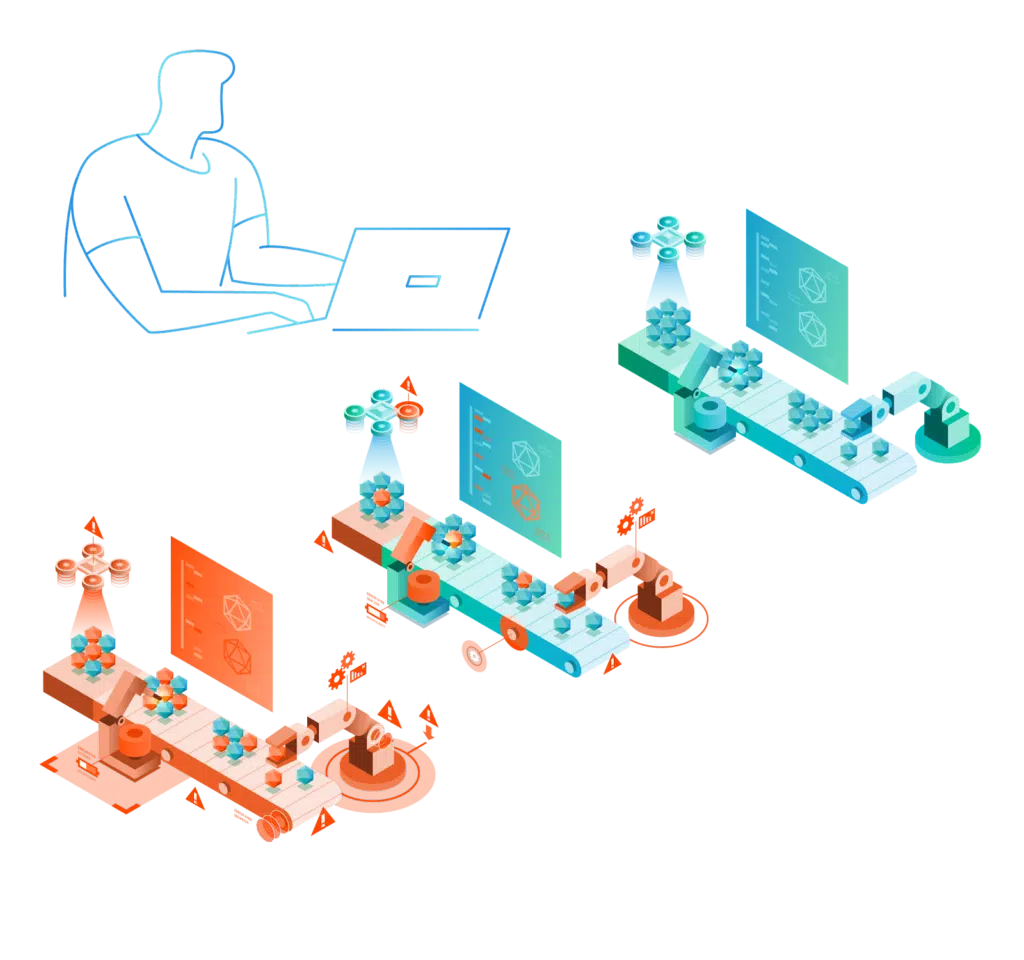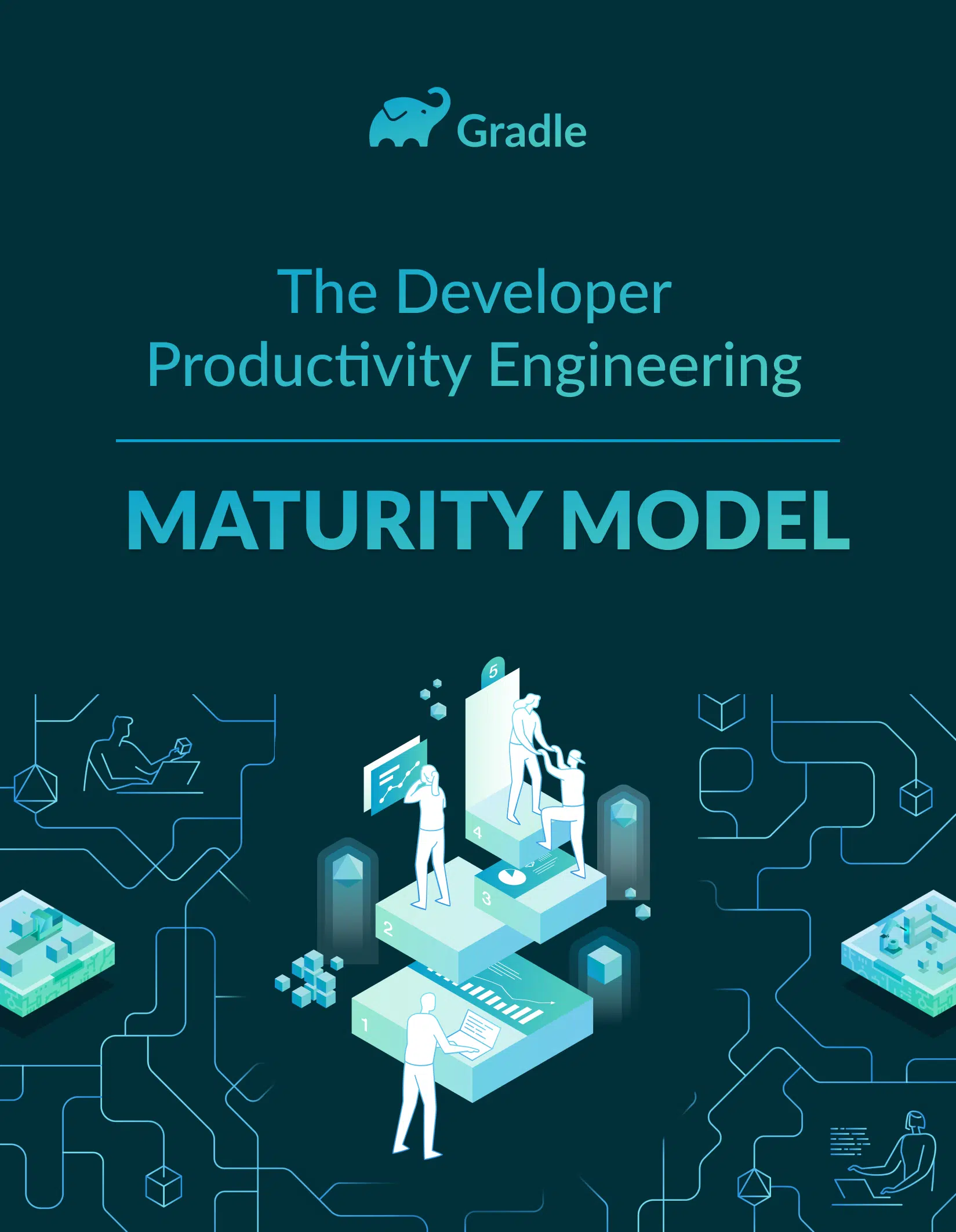Writing tests is hard. Fixing them is harder. Join the webinar.
Developer Productivity Engineering Overview
- As its name implies, DPE takes an engineering approach to improving developer productivity. As such, it relies on automation, actionable data, and acceleration technologies to deliver measurable outcomes like faster feedback cycles and reduced mean-time-to-resolution (MTTR) for build and test failures. As a result, DPE has quickly become a proven practice that delivers a hard ROI with little resistance to product acceptance and usage.
- Organizations successfully apply the practice of DPE to achieve their strategic business objectives such as reducing time to market, increasing product and service quality, minimizing operational costs, and recruiting and retaining talent by investing in developer happiness and providing a highly satisfying developer experience. DPE accomplishes this with processes and tools that gracefully scale to accommodate ever-growing codebases.
- Gradle is pioneering the practice of DPE and Develocity serves as the key enabling technology and solution platform.
Download the Developer Productivity Engineering Handbook
A Complete Guide to DPE for Practitioners
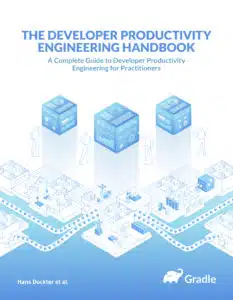
Assess your level of DPE maturity and create your plan for DPE excellence.
The Developer Productivity Engineering Maturity model provides a roadmap for how the practice of DPE can, and in general, should evolve and mature in a broad range of IT settings.
The model intends to help DPE practitioners, deployment leaders and executives:
- Benchmark where their companies stand in relation to broader adoption patterns experienced by comparable organizations within and across industries.
- Assess the areas of strength and performance gaps in their deployments and pinpoint specific steps they might take to close gaps and graduate to their next journey stage.
- Communicate progress to developer productivity stakeholders in the practitioner, management, and executive communities to garner support for existing efforts or make the case to expand the initiative’s footprint.
Developer Productivity Engineering Practical Benefits
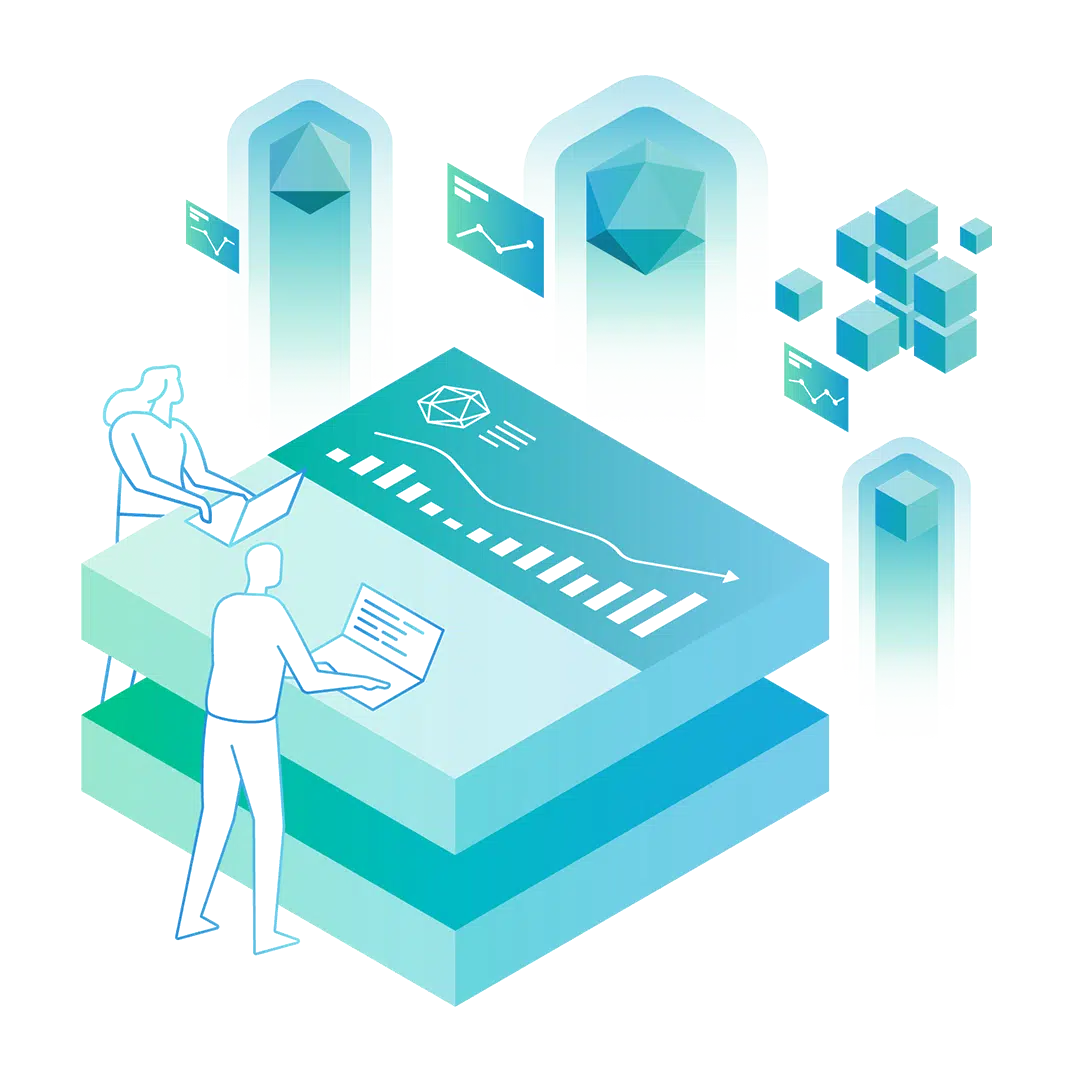
Cut average build & test feedback cycle times from 50-90%
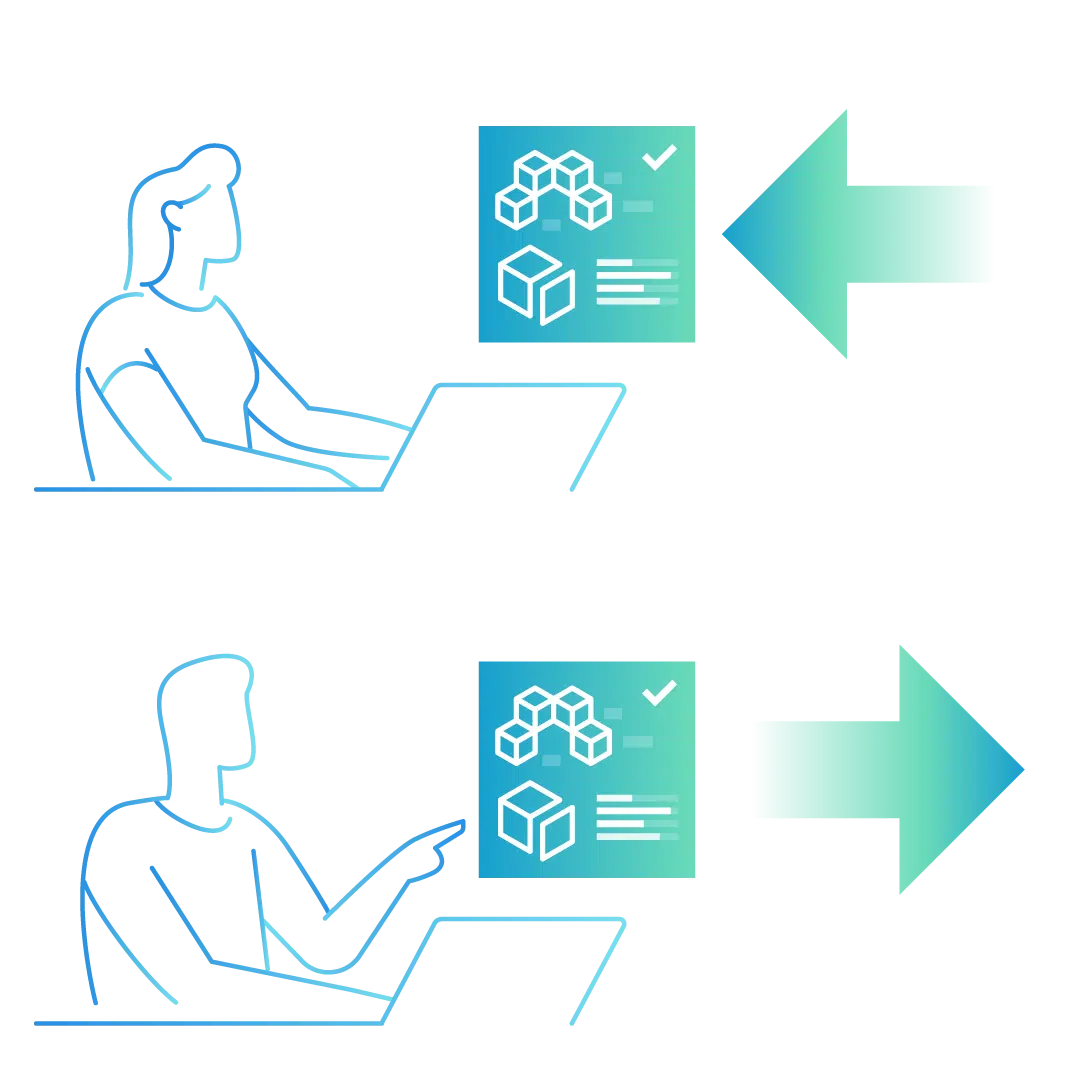
Decrease build and test failure time to resolution by over two-thirds

Get 100% visibility to data needed to reduce build, test and CI failures and avoid performance regressions
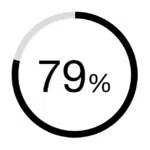 79% of surveyed IT organizations agree that Developer Productivity Engineering will become a de facto industry-standard software practice much like Agile and DevOps.
79% of surveyed IT organizations agree that Developer Productivity Engineering will become a de facto industry-standard software practice much like Agile and DevOps.
![]() Source: TechValidate survey of 24 users of Develocity | Published: Dec. 8, 2021 | TVID: E39-102-659
Source: TechValidate survey of 24 users of Develocity | Published: Dec. 8, 2021 | TVID: E39-102-659
Developer Productivity Engineering Solution Framework
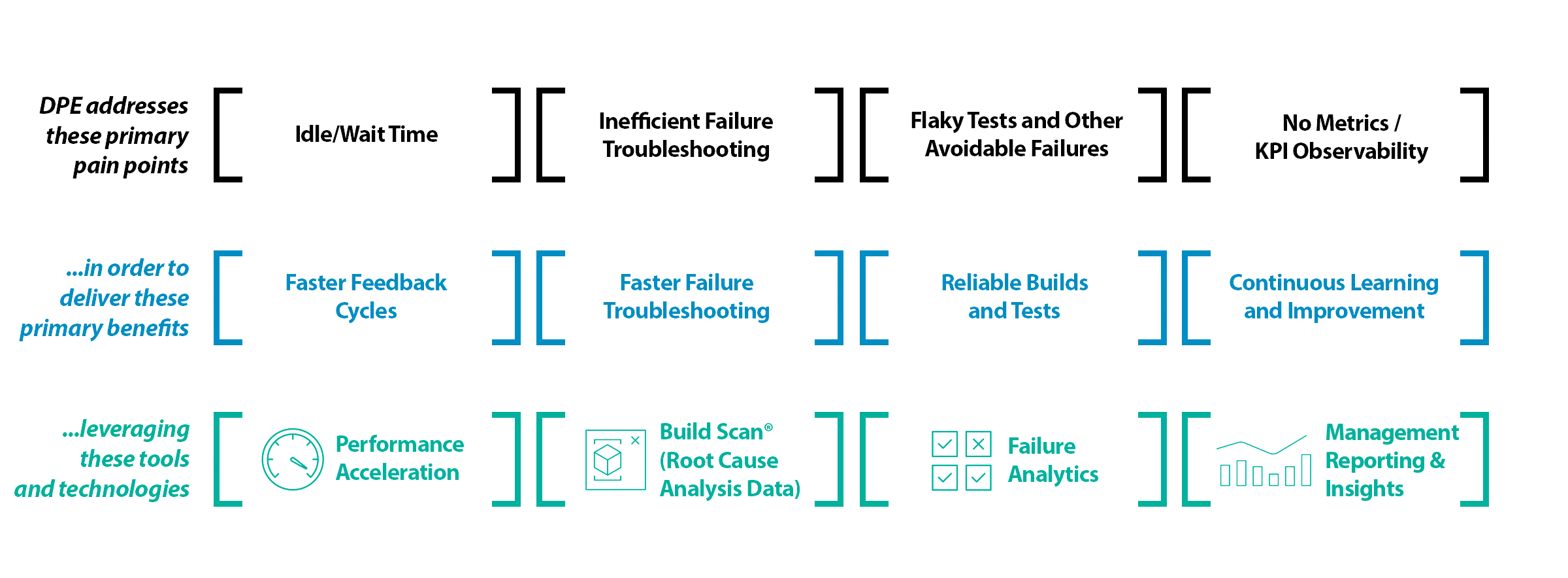

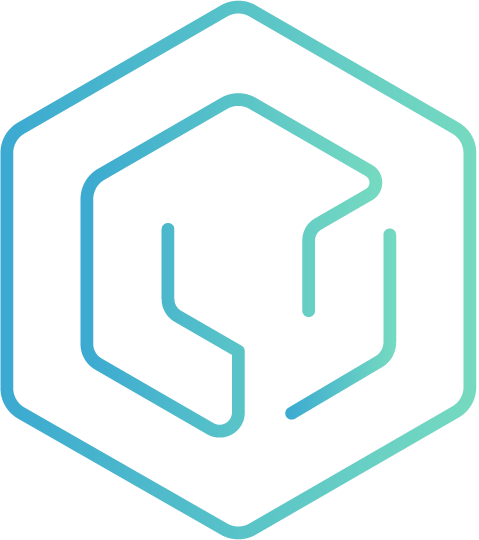 DPE University
DPE University
